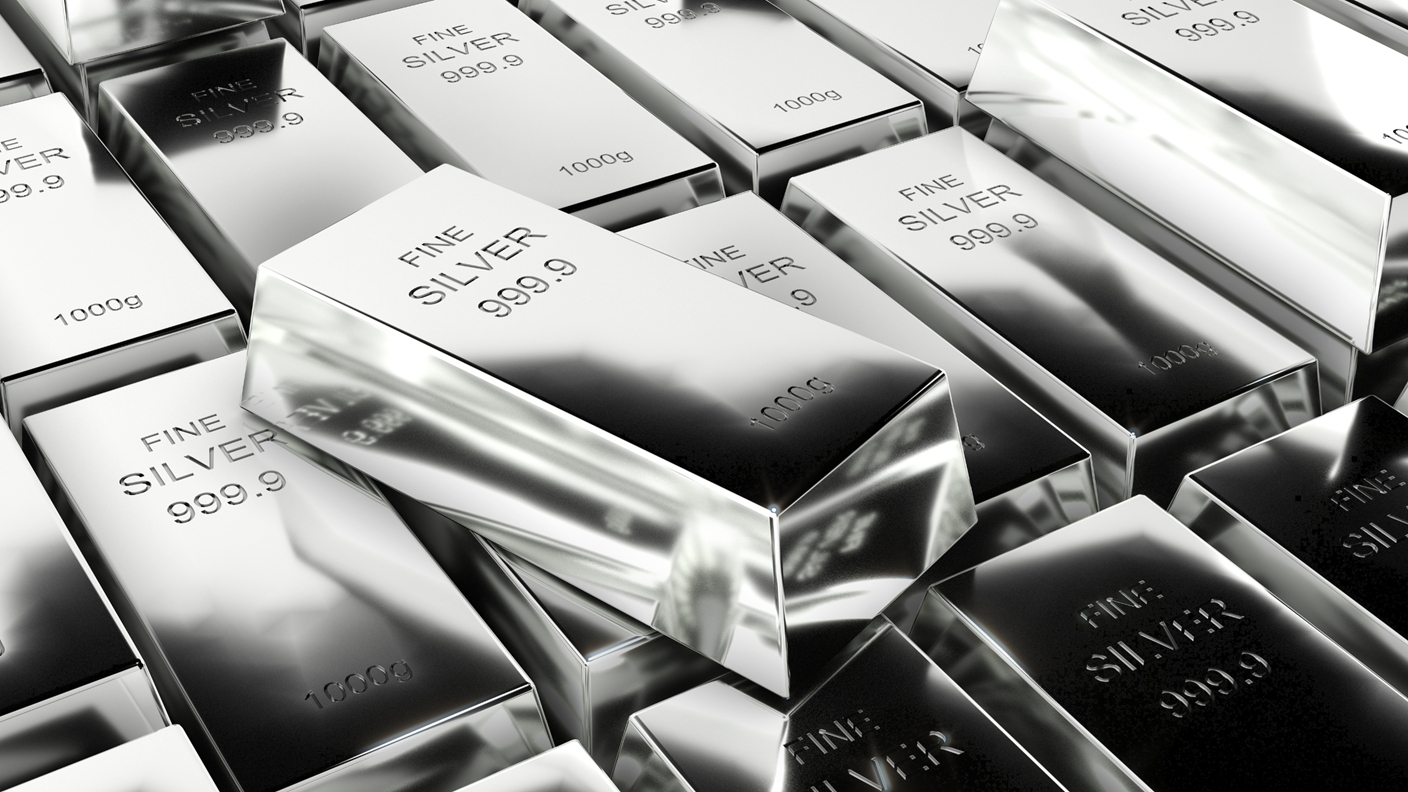
As a person who follows commodity markets, I've long been captivated by silver's unique position as both an industrial powerhouse and a monetary asset. In September 2025, silver's landscape has intensified, with prices surging to $41.06 per ounce on September 10—up 0.45% daily, 9.15% monthly, and a staggering 43.22% year-to-date from $28.92 at the start of the year. This rally, hitting 14-year highs above $41.38 on September 8, reflects escalating supply deficits, record industrial consumption, and a widening chasm between paper trading and physical availability. Trading hubs like COMEX play a pivotal role, yet their paper-heavy nature often masks physical realities. This updated analysis delves into these dynamics, incorporating fresh September data on prices and forecasts, alongside silver equities' leveraged performance, to uncover opportunities in this tightening market.
Silver Demand: Industrial Surge Fuels Deficits
Demand hit 1.16 Boz in 2024, down 3% overall but with industrial use smashing records at 680.5 Moz—up 4% and the fourth straight annual high.Silver's conductivity drives this: photovoltaics (PV) consumed 197.6 Moz in 2024, flat due to "thrifting" (reducing silver per panel by 10-15%), but global solar installations rose 25%, with projections doubling capacity by 2030 via policies like the U.S. Inflation Reduction Act. EVs added another layer—each requires 1-2 oz versus 0.5 oz in gas vehicles—with global production hitting 20 million units in 2025, potentially consuming 90 Moz. Electronics and AI data centers pushed total industrial demand to 59% of usage, up from 50% a decade ago. Investment demand rebounded to 300 Moz in 2024 (up 15%), with ETPs like SLV seeing 95 Moz inflows in H1 2025 alone, locking away 1.1 Boz since 2019 and tightening "mobile inventory." Jewelry fabrication grew 3% to 208.7 Moz, led by India's 13% export surge, though price sensitivity caps gains at $40+ levels. For 2025, total demand stabilizes at 1.20 Boz, with industrial flat at 680 Moz but investment up 7% to offset jewelry's 16% dip—now projected to exceed 700 Moz in industrial use for the first time, per updated Silver Institute data. From my analysis, green tech's 20% annual growth ensures a demand floor, while safe-haven flows—spurred by tariffs and debt worries—amplify volatility, with the gold-silver ratio at 85:1 signaling silver's undervaluation versus its 60:1 historical norm. September's rally to $41 reflects this, as industrial buyers lock in supply amid EV and solar booms, pushing year-to-date gains to 43%.
Market Dynamics and Future Outlook
COMEX's $41 average masks physical premiums at 20-50%, with deficits projected at 1 Boz cumulative by 2028—now intensified by September's rally. Industrial demand (700 Moz forecast for 2025, up 3%) clashes with supply stagnation, while paper shorts (40% of OI) face squeeze risks as deliveries hit records. Equities, up 37% YTD, lag slightly behind spot's 43% but trade at discounts, offering entry points. Reflecting on September 2025, silver's surge to $41—outpacing gold's gains and Nifty's performance by over 50% in 12 months—highlights the deficit's real-world bite, with tariffs and green tech accelerating the bull. For 2025's remainder, I forecast silver averaging $42-$45 on COMEX, testing $50 by Q4 amid tariff escalations and EV/solar growth (200 Moz PV demand), aligning with optimistic projections like $46.19 end-September and $53.31 year-end. Risks include recessions curbing industrial use (10-15% drop) or silver-free tech (unlikely before 2030). Yet, BRICS exchanges and de-dollarization could add 10-20% volatility. Equities may double for low-cost producers if deficits persist.
My Take
Silver's 2025 narrative is one of imbalance: 148.9 Moz deficits in 2024 ballooning pressures, industrial demand at 680 Moz records (heading to 700 Moz), and paper-physical disconnects via COMEX's 250:1 leverage. Trading hubs like LBMA and Shanghai highlight global strains, while September's rally to $41—up 43% YTD—validates the bull, outrunning forecasts and underscoring undervaluation. Equities deliver 37% gains with upside potential. As I evaluate, silver's fundamentals—green tech, safe-haven flows, supply woes—point to $50+ by year-end, with equities as the leveraged play. Investors must prioritize physical or strong-balance-sheet names, monitoring tariffs and deliveries for the next leg up in this compelling bull.
Sign up to our free monthly newsletter to recieve the latest on our interviews and articles.
By subscribing you agree to receive our newest articles and interviews and agree with our Privacy Policy.
You may unsubscribe at any time.
We use cookies to improve your experience on our site. By using our site, you consent to cookies.
Websites store cookies to enhance functionality and personalise your experience. You can manage your preferences, but blocking some cookies may impact site performance and services.
Essential cookies enable basic functions and are necessary for the proper function of the website.
These cookies are needed for adding comments on this website.
Statistics cookies collect information anonymously. This information helps us understand how visitors use our website.
Google Analytics is a powerful tool that tracks and analyzes website traffic for informed marketing decisions.
Service URL: policies.google.com
You can find more information in our Privacy Policy.